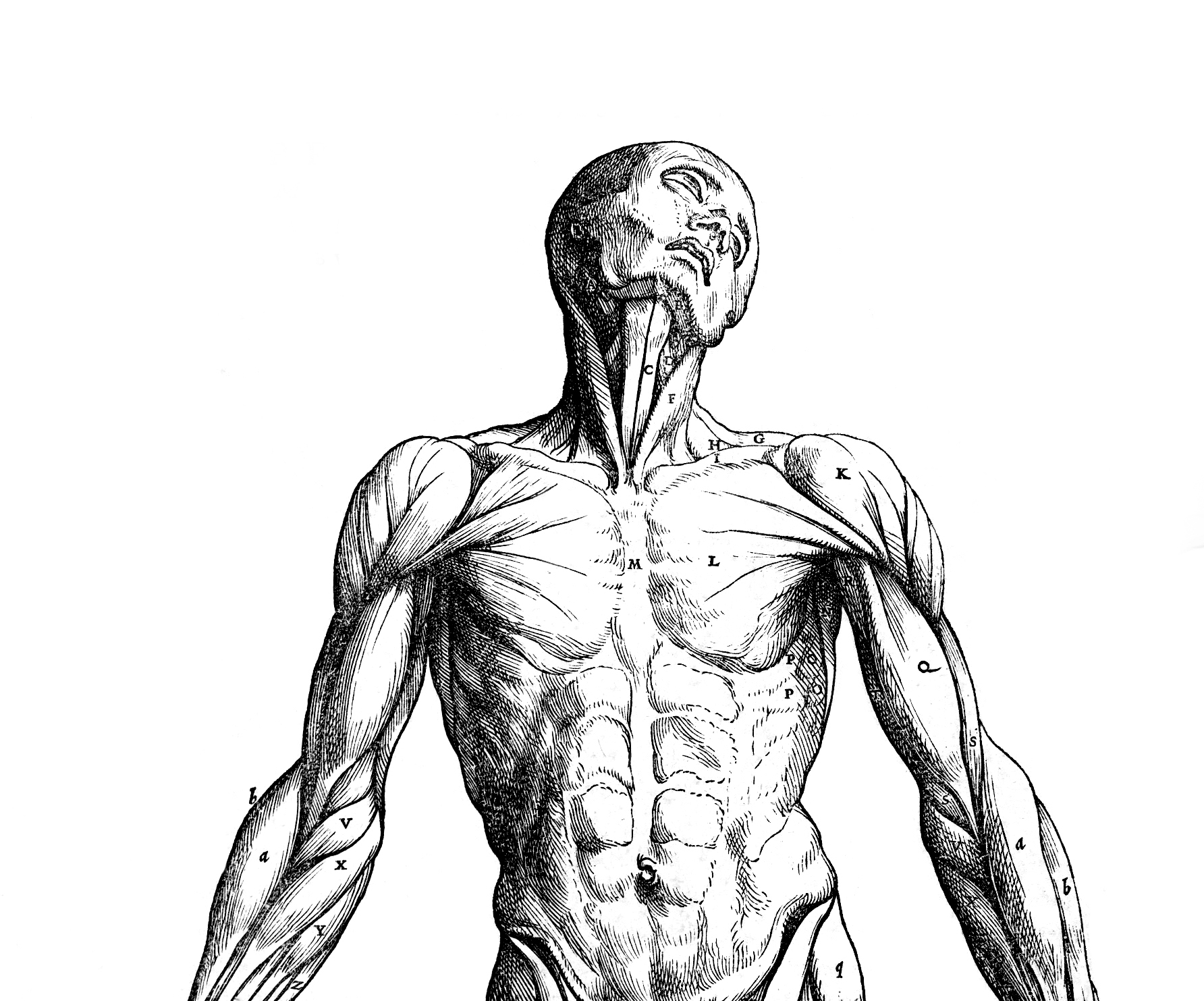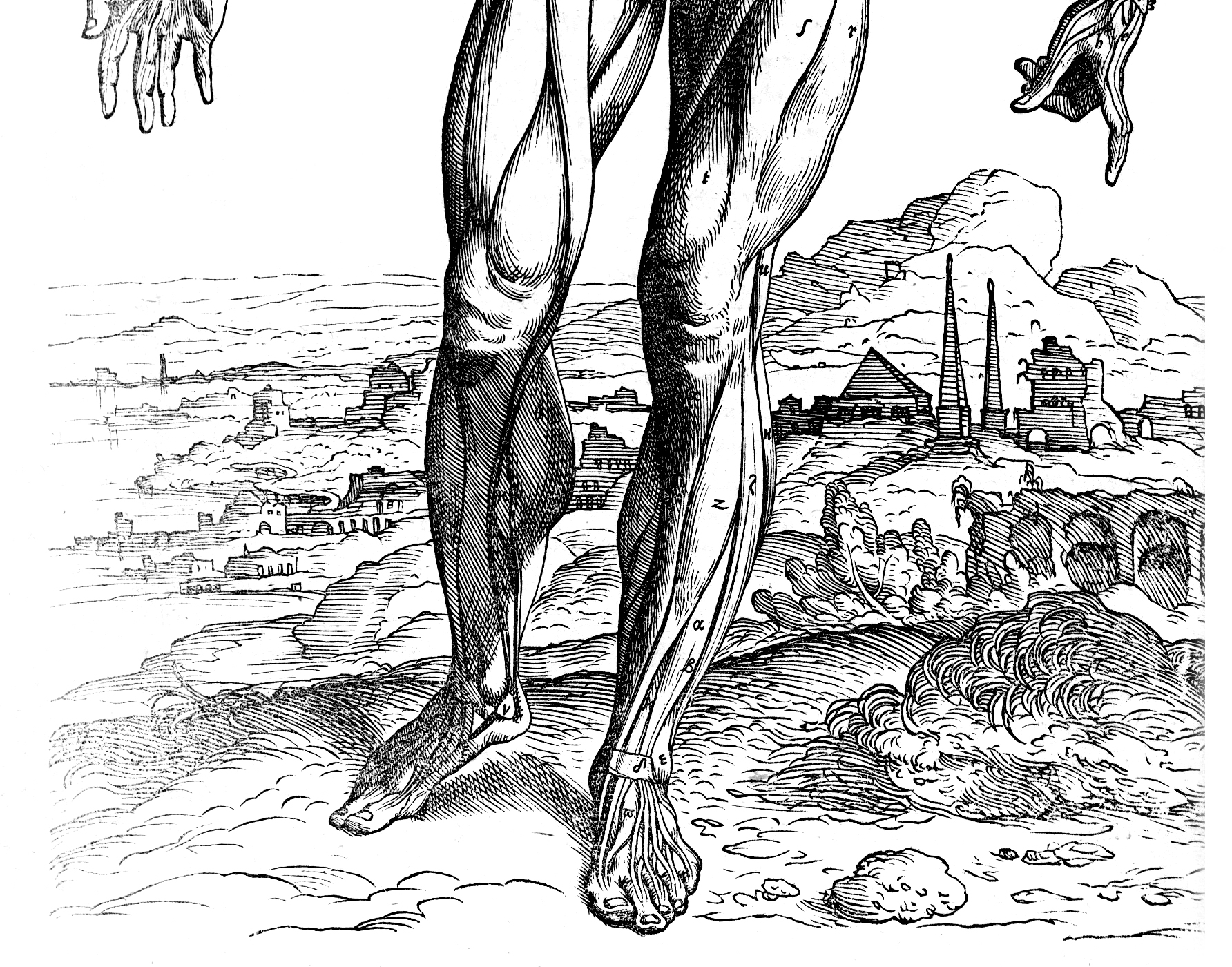Reanimating
Frankenstein
It was on a dreary night of November that I beheld the accomplishment of my toils. With an anxiety that almost amounted to agony, I collected the instruments of life around me, that I might infuse a spark of being into the lifeless thing that lay at my feet...


It was already one in the morning; the rain pattered dismally against the panes, and my candle was nearly burnt out, when, by the glimmer of the half-extinguished light, I saw the dull yellow eye of the creature open; it breathed hard, and a convulsive motion agitated its limbs. Mary Shelley, Frankenstein
Celebrating the bicentennial of Mary Shelley’s Frankenstein (1818), students from Loyola Marymount University’s “HNRS 2300: Literary Analysis” were tasked with generating digital projects that bring to life various aspects of the novel and form the body of Reanimating Frankenstein (read more).
Take a deep dive into the water imagery in Frankenstein, or enjoy short films on how the physiognomy of the monster has been represented in film from Thomas Edison’s 1910 short to Kenneth Branagh’s 1994 adaptation, or on how Frankenstein and Blade Runner compare in terms of their conceptions of the posthuman. How does costume and dress determine how we read the creature in James Whale’s 1931 film versus Liam Scarlett’s 2017 ballet? We hope you enjoy these experiments!


Blade Runner and Frankenstein…………………………………………………………..2
Faces of Frankenstein…………………………………………………………………………..3
Frankenfashion……………………………………………………………………………………4
Birthing a Monster: Horror in Frankenstein…………………………………………..5
Mary Shelley………………………………………………………………………………………..6
Swimming with Frankenstein………………………………………………………………7
Interpretation of Frankenstein through Galvanism……………………………….8
“New and Almost Unlimited Powers”: The Pervading Influence of the
Frankenstein Myth in Modern science…………………………………………………9
Mental Illness and Treatment during the Romantic Era and Its Presence in
Mary Shelley’s Frankenstein………………………………………………………………..10
A Bland Tour? Or, a Grand Tour?………………………………………………………..11
Realities of Travel in Frankenstein………………………………………………………12
Images: De Humani Corporis Fabrica, Andreas Vesalius (1543)
& Essai Theorique et Experimental sur le Galvanisme, Luigi Galvani (1804)